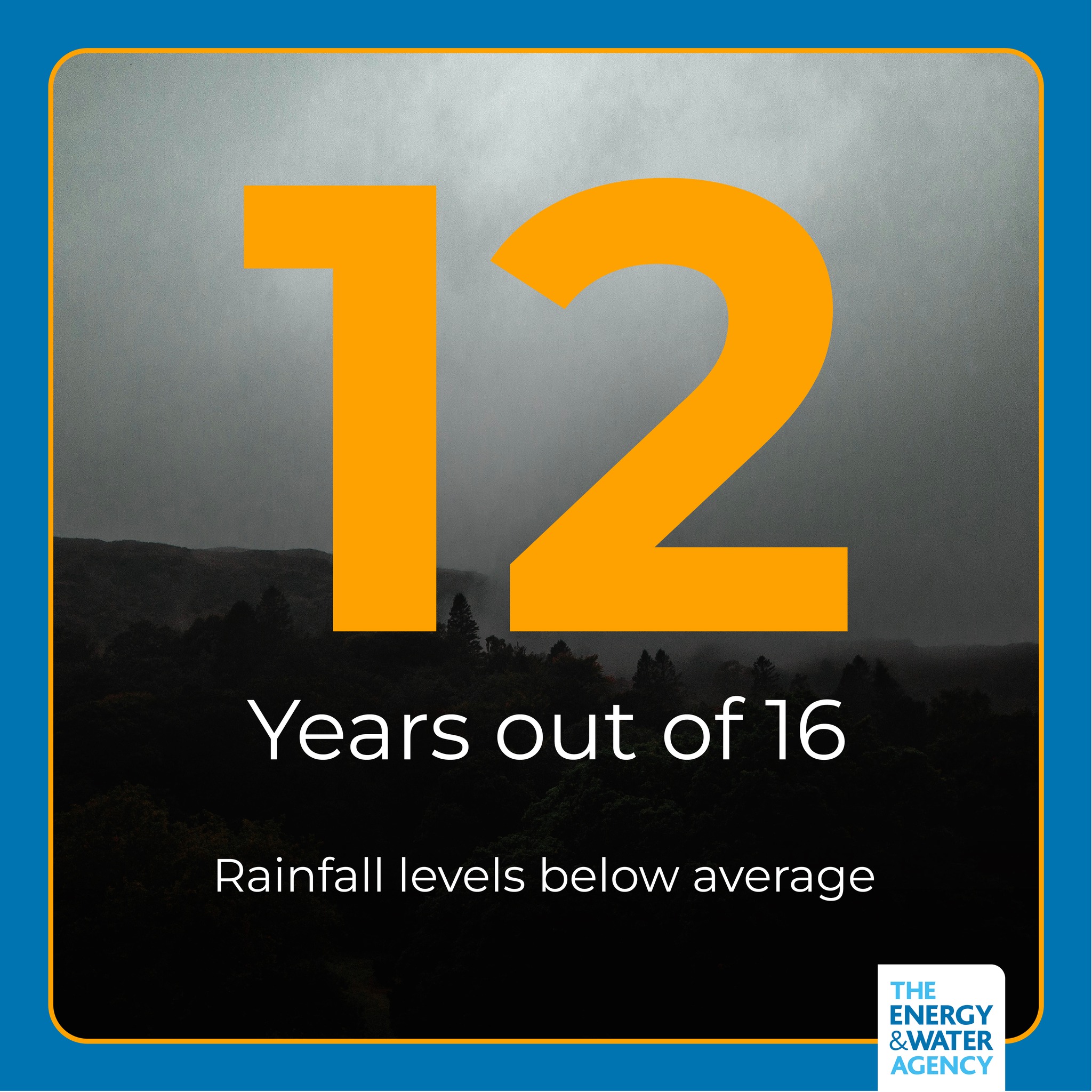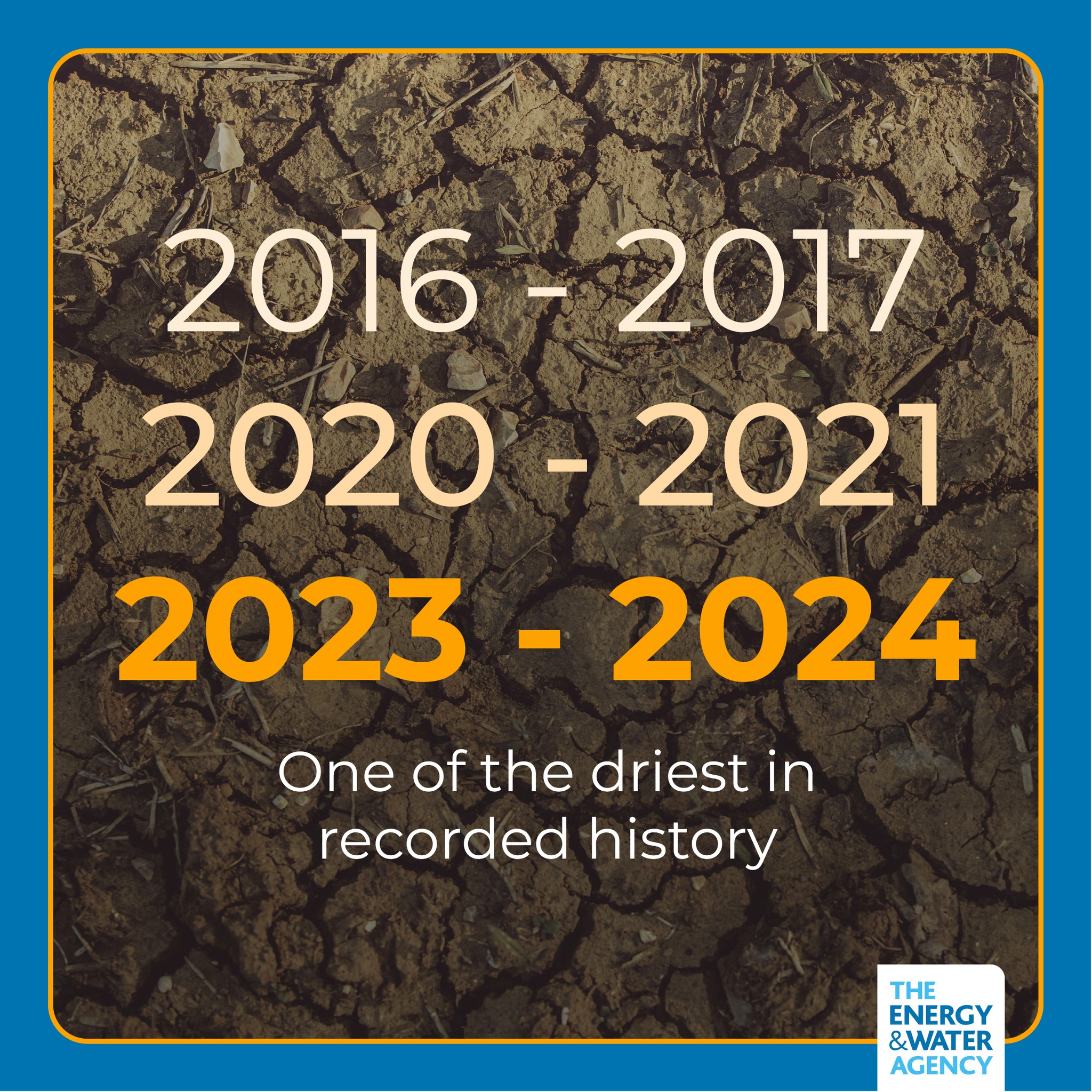Malta Faces Growing Drought Challenges
04 Sep, 2025 | by RBMP Life |Recent analysis of rainfall data from 2008 to 2024 reveals a concerning trend: the Maltese Islands are experiencing increasingly dry conditions, with the 2023–2024 hydrological year being the driest on record.
Key Highlights
Rainfall Decline: Average annual rainfall dropped to 458mm—17% below the long-term average (1940–2024).
Drought Years: Severe droughts occurred in 2016–2017, 2020–2021, and 2023–2024.
Persistent Dry Conditions: 12 of the last 16 years saw below-average rainfall.
Aridity Rising: Malta is classified as semi-arid, with 2023–2024 reaching arid levels, threatening agriculture and water supply.
Why It Matters
Malta relies heavily on seasonal rainfall, mainly between October and March. However, recent years have seen erratic patterns and prolonged dry spells, especially in key months like December, January, and April. Monitoring stations in Xewkija and Valletta confirm a steady decline in precipitation.
Drought indicators such as the Standardised Precipitation Index (SPI) and Aridity Index (AI) show a clear increase in drought frequency and severity. Nine of the last ten years were classified as semi-arid, with the latest year tipping into arid conditions.
Call for Action
With limited freshwater resources and a changing climate, Malta must adopt sustainable water management strategies. This includes:
Enhancing groundwater protection
Expanding non-conventional water sources
Strengthening drought resilience
Proactive planning is essential to safeguard water availability, support agriculture, and protect ecosystems.
LEARN MORE

